Friends faculty and staff receive COVID-19 vaccines
Faculty and staff began receiving vaccines in New York’s 1B group. Many have received their first doses, and some will get their second early as next week.
January 29, 2021
“Pull over, pull over…”
Head of School Bo Lauder was in the passenger seat when he heard that educators had become eligible for COVID-19 vaccinations. He asked his husband to park on the side of a multilane highway in New Jersey as he began updating faculty and staff from his phone.
“I started sending out various [vaccine registration] sites to faculty and staff because I care about them and I want them to be protected,” Lauder said. “I think a lot of people were able to get a head start because they were some of the first to get to those sites.”
Educators had become eligible for the vaccine in Phase 1B of the New York State rollout as of January 11th. Lauder has since said vaccinations would be required for faculty and staff, but no deadline has been set while city supplies continue to fluctuate.
Community members registered for their shots in swarms as information was disseminated, navigating often unreliable sign-up pages.
Dean of Student Life Erin Mumford rushed to sign-up but spent much of her Sunday maneuvering lagging websites that failed to save information. She eventually registered with the Mount Sinai Health System.
“It took a while,” Mumford said. “Then [once I had signed-up] I didn’t even trust that it was going to come to fruition.”
Lauder had several devices open the next few days: refreshing pages, recommending websites, and making himself available for questions along with members of the Development Office. The team relayed resources and helped community members as they persisted through registration forms.
Some were more hesitant to get their arm jabs. After spending winter break with family members wary of rushed approval processes, Assistant Head of Middle School, J.Penney Peterson considered waiting. The encouragement of members of the community – offers to cover classes if appointments posed conflicts, words of advice – swayed her to change her mind.
“I spent all of winter break around people who are doom and gloom about it. What really helped was how excited everybody at school was to get it,” Peterson said. “All that positivity really wore off on me. It changed how I felt about it. “
As a behavioral health specialist, Director of Support Services Samantha Meltzer was eligible to receive her vaccination in Phase 1A. She said that after the difficult year, and with faith in scientific ingenuity, she was eager to get her arm poked.
“I was really excited. I have to say the night before I couldn’t sleep,” Melzer said. “I was thinking about it. I was looking forward to it. It felt like Christmas Eve.”
Many educators have received their first doses – mostly of the Moderna shot, but some of the Pfizer-BioNTech – at primarily volunteer-run locations around the city. Both vaccines require two doses, have been approved by the FDA for emergency authorization use, and – though they may need to be tweaked to keep up with emerging variants – boast high rates of efficacy.
Science Teacher Matthew Dilley and his wife traveled to Bushwick at dusk to receive their vaccines in a block-sized public high school. They followed volunteers and lines of painter’s tape up stairs, through long hallways, and into a spacious gymnasium where plastic folding tables had been set up.
“There was this buzz in the space and, maybe this was me projecting, but I just felt like there was this tremendous positive vibe,” Dilley said.
After profusely thanking the volunteer for their service, Dilley had his arm jabbed with the Moderna vaccine before signing up for his second shot in the waiting area. All vaccine recipients have to wait for 15 minutes to ensure they don’t have an adverse allergic reaction.
Dilley left the center relieved. For a moment, he felt a turn toward normalcy.
“I was half-joking with my wife, and I’m like, are we going away on spring break maybe?” Dilley said. “And she’s like, no.”
Others shared Dilley’s buoyancy.
“It was very emotional. It felt like such a relief, or the beginning of a relief – the start of a change for the better,” Meltzer said. “After such a long quarantine and isolation period, it felt really hopeful. And I felt lucky.”
Community members experienced short-term side effects – signs of the body building protection – including local rashes, soreness, fatigue, and headaches. According to the FDA, the second dose tends to bring on more intense reactions.
Computer Science teacher Mark Eisenhardt felt intense soreness in his arm for the next two days.
“It felt like somebody punched me in the arm as hard as I’ve ever been punched,” Eisenhardt said. “I could not even raise my arm above my head.”
Educators have continued to vie for vaccines through recent shortages. Last week 23,000 appointments were canceled and providers like Mount Sinai – which community members had success registering with early on – have paused scheduling appointments with the public. The Biden administration has pledged to give states 16% more vaccines over the next three weeks, and Moderna will give the city 17,000 more doses next week. Governor Andrew Cuomo anticipates that added doses will increase sign-up opportunities, but recommends appointments only be scheduled as far as a week ahead while uncertainty looms.
Some have begun to wonder whether they will receive their second dose.
“My second shot is in two weeks,” Eisenhardt said. “There’s a little bit of trepidation about how they are going to have enough supply for the booster.”
As public health experts assess the potential impacts of vaccinations on schooling, School Nurse Katie Cardell said she doubts vaccinations could significantly alter school programming this school year. Loosening restrictions would involve vaccinating students: a feat she said was more realistic by next fall. The Pfizer vaccine is currently only available to those 16 years and older, and the Moderna to those 18 and older. These age limits exclude much of the freshman and sophomore classes. Teens could also be among the last eligible for their shots.
“I don’t think [vaccinations] will have a huge impact through the spring in terms of what school looks like or on some of the teacher restrictions,” Cardell said. “It can have some minor benefits, but not school-wide [benefits] for students at this point.”
The school aligns its decisions with the CDC, which recommends that vaccinated individuals continue mask-wearing and maintaining safe distances. All interviewed teachers said they were unlikely to temper their daily safety routines.
Cardell said the clearest change would be a lowered risk of potential positive cases within the community – which in itself could improve safety and increase in-person learning.
“It’s going to make the school much more safe,” Cardell said. “I think it gives the teachers that assurance that they’re safe in the classroom.”
Cardell is also looking into whether vaccinated teachers will require shorter quarantines after exposure to positive individuals.
“If students test positive and they need to quarantine, maybe the teachers can stay in and work if they’re vaccinated,” she said. “That could be a big deal for the Upper School and Middle School where several teachers teach different classes.”
She said school activities may return towards the end of the year if more community members are vaccinated and the CDC relaxes social distancing measures.
“Probably everyone will still be wearing masks, but, you know, we can add activities back,” she said.
For community members hesitant to receive their vaccines, Lauder said he would be scheduling Q & A sessions with the school’s consulting expert from AUXS, Dr. Adrianna Bravo. He hopes that information and transparency will convince skeptics to get their arm jabs.
Peterson said that she was assuaged by positive messaging within the community, and suggested others send encouragements.
“I would definitely say you have to be careful and you can really be influenced by who you’re listening to,” Peterson said. “I think the more you can say positive cheerful things about it, and be upbeat about it, that’s going to help.”
She added that it was important to understand that skeptics – like those in her family – don’t always base their concerns on baseless emotion. The vaccine was approved for emergency use in December, and many would like to wait for more extensive testing.
“A lot of people out there who are afraid, who are suspicious, are not crazy people,” Peterson said. “They’re not all crazy, anti-vaxxers. They have sort of legitimate concerns.”
After nearly a year of disruptions, vaccines seem to bring reasons for optimism. Lauder said the administration has been humbled by the pandemic’s challenges. He hopes the vaccine will begin to help the community rebuild.
“I worry about seniors. I worry about the freshmen. I worry about the overall community. We’ve become so fragmented,” he said. “I hope that our community comes through this, and that it won’t take long for us to settle back into the Friends that we all know and love and miss.”

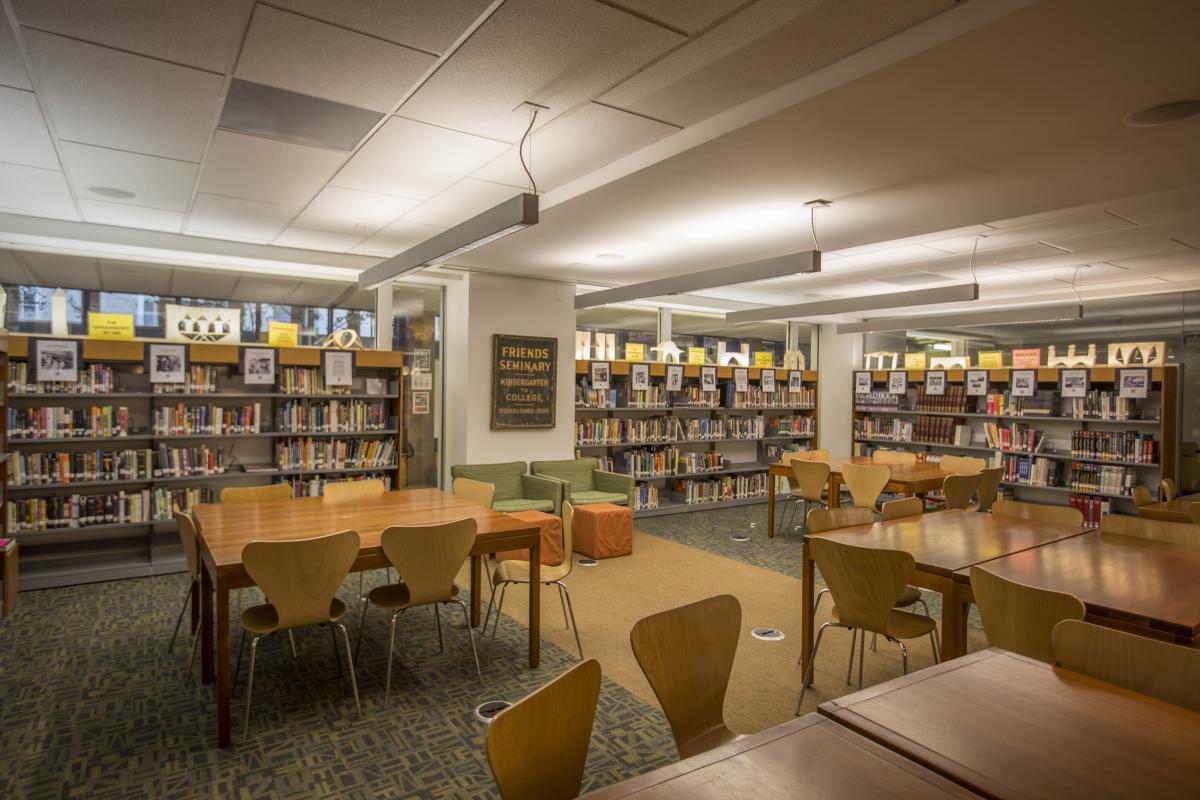

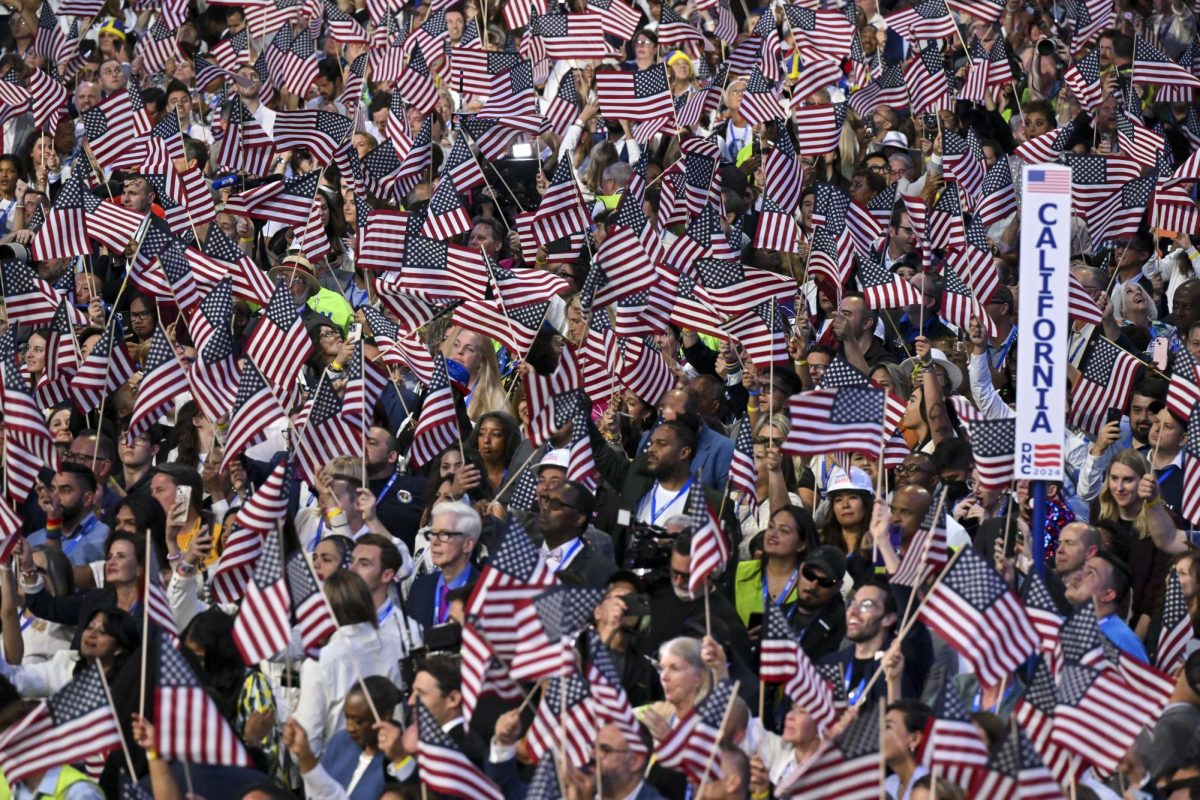
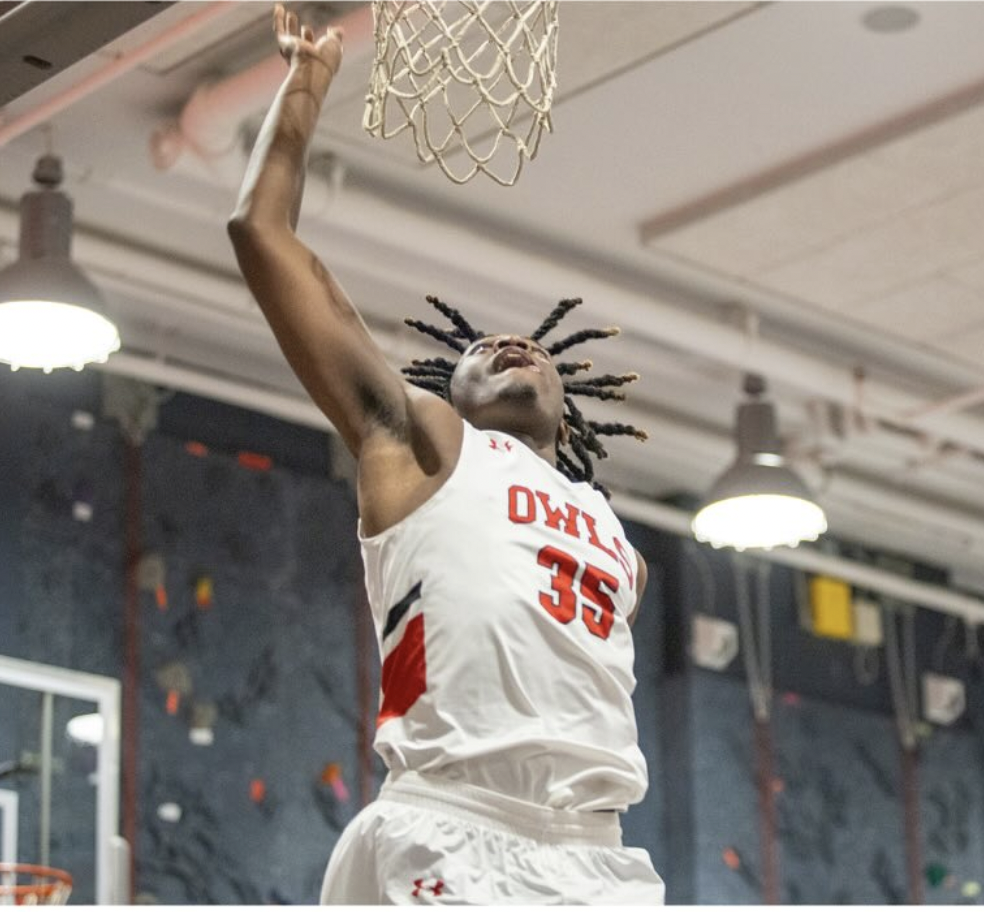
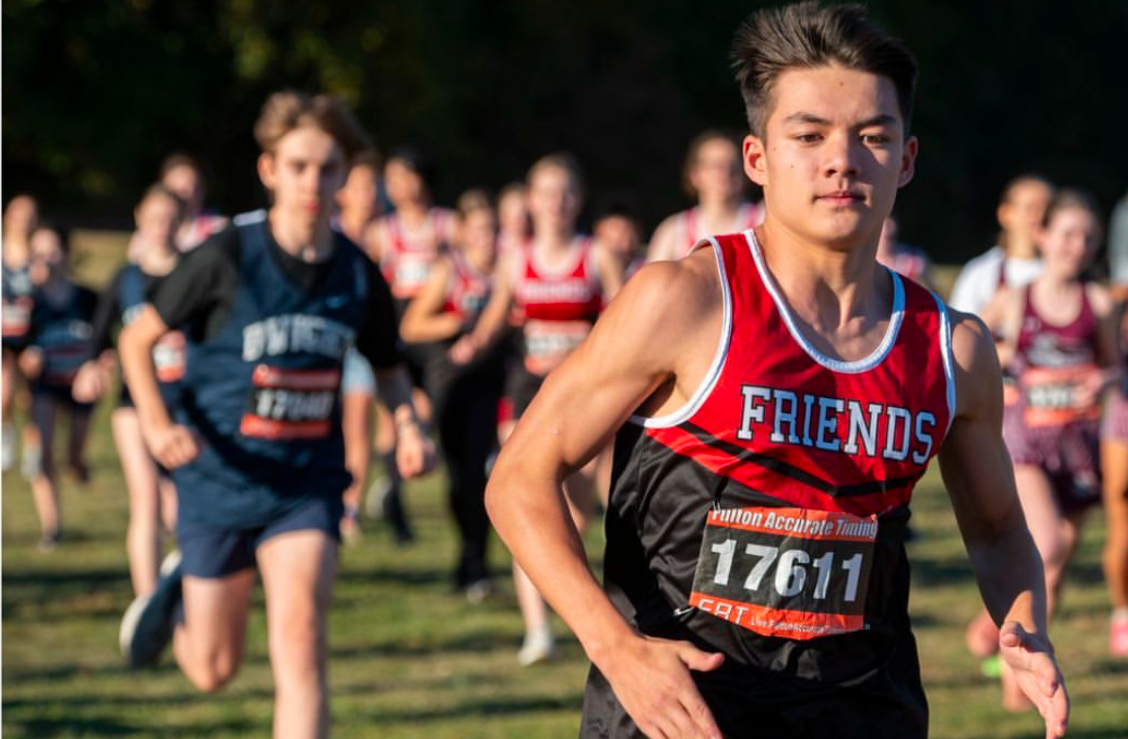
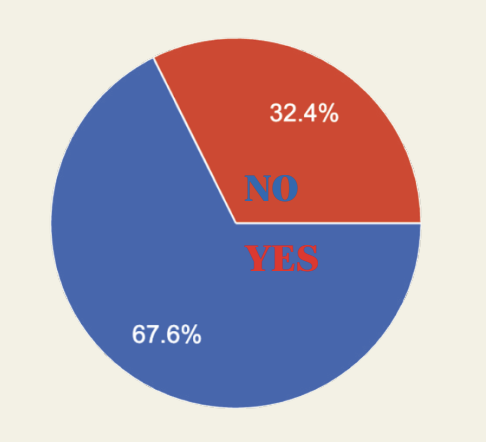

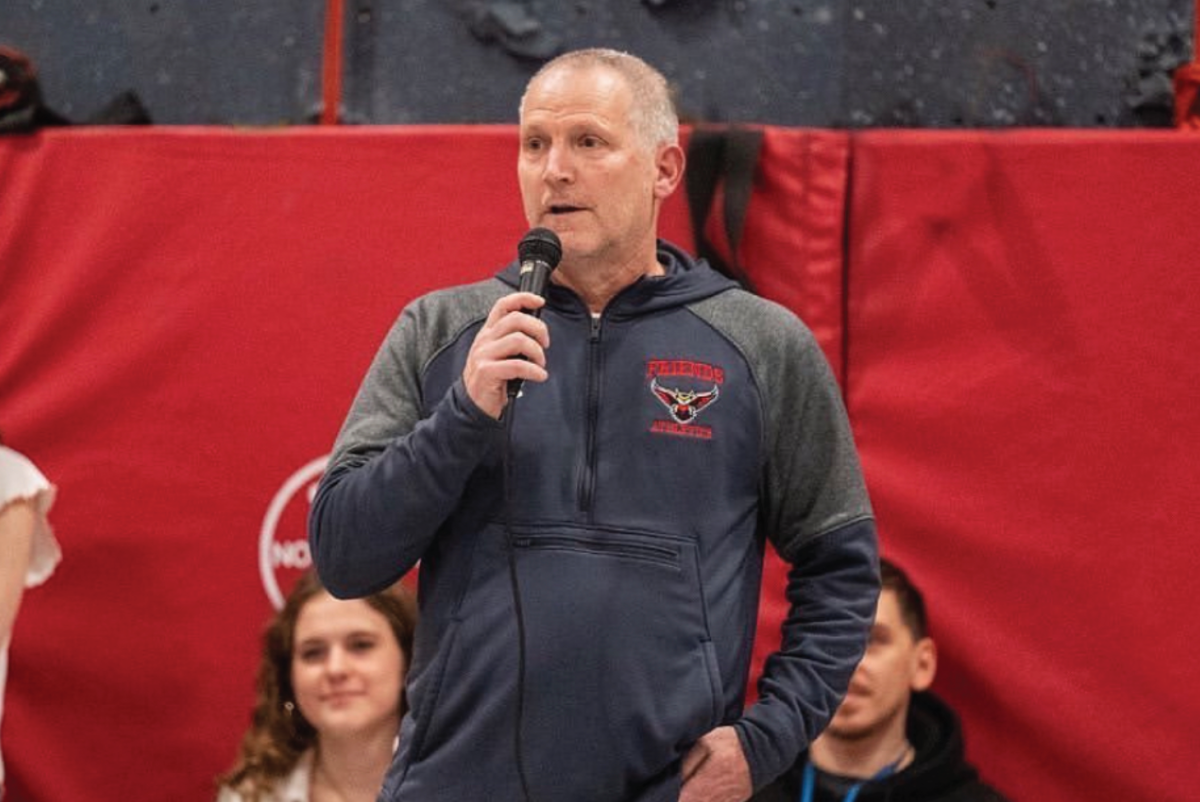
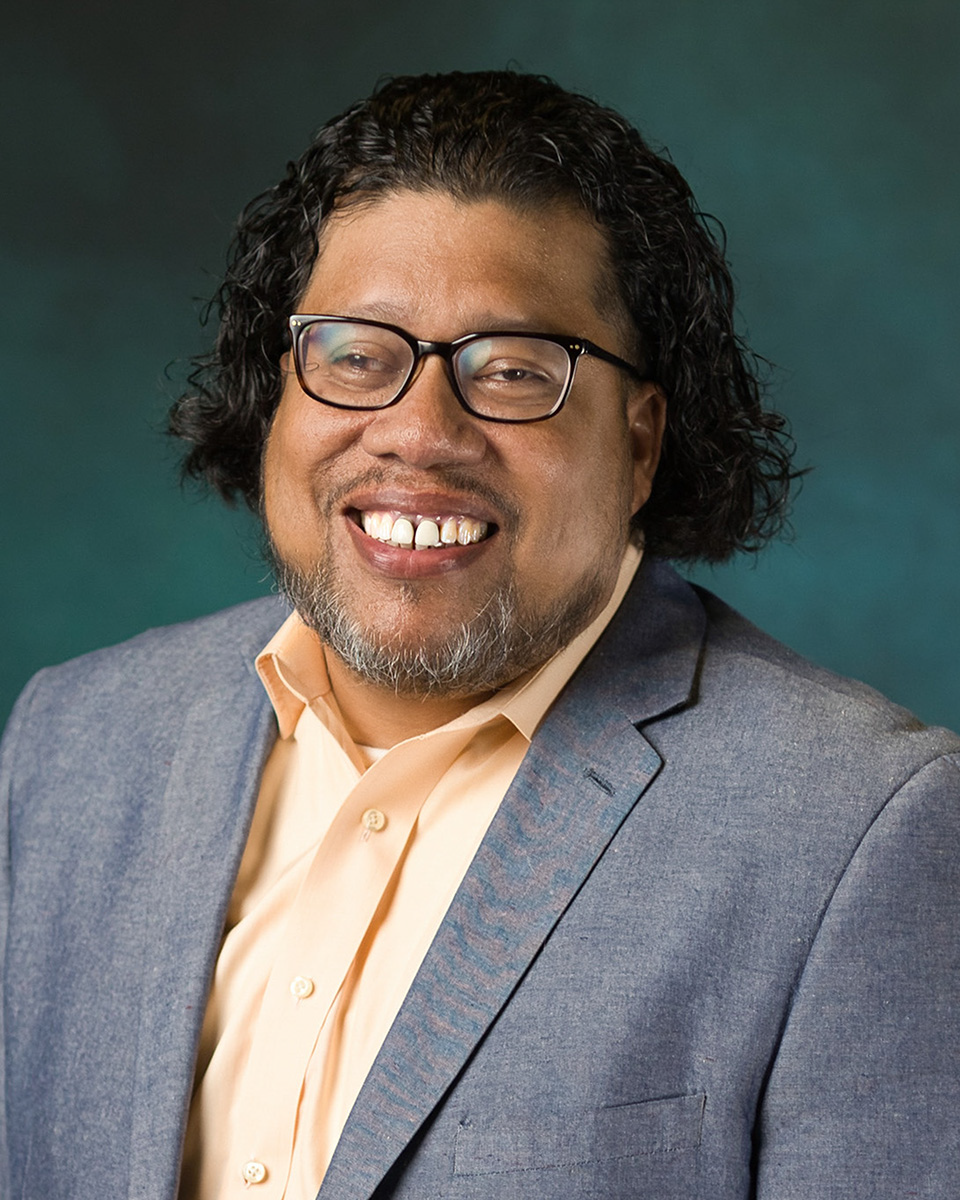




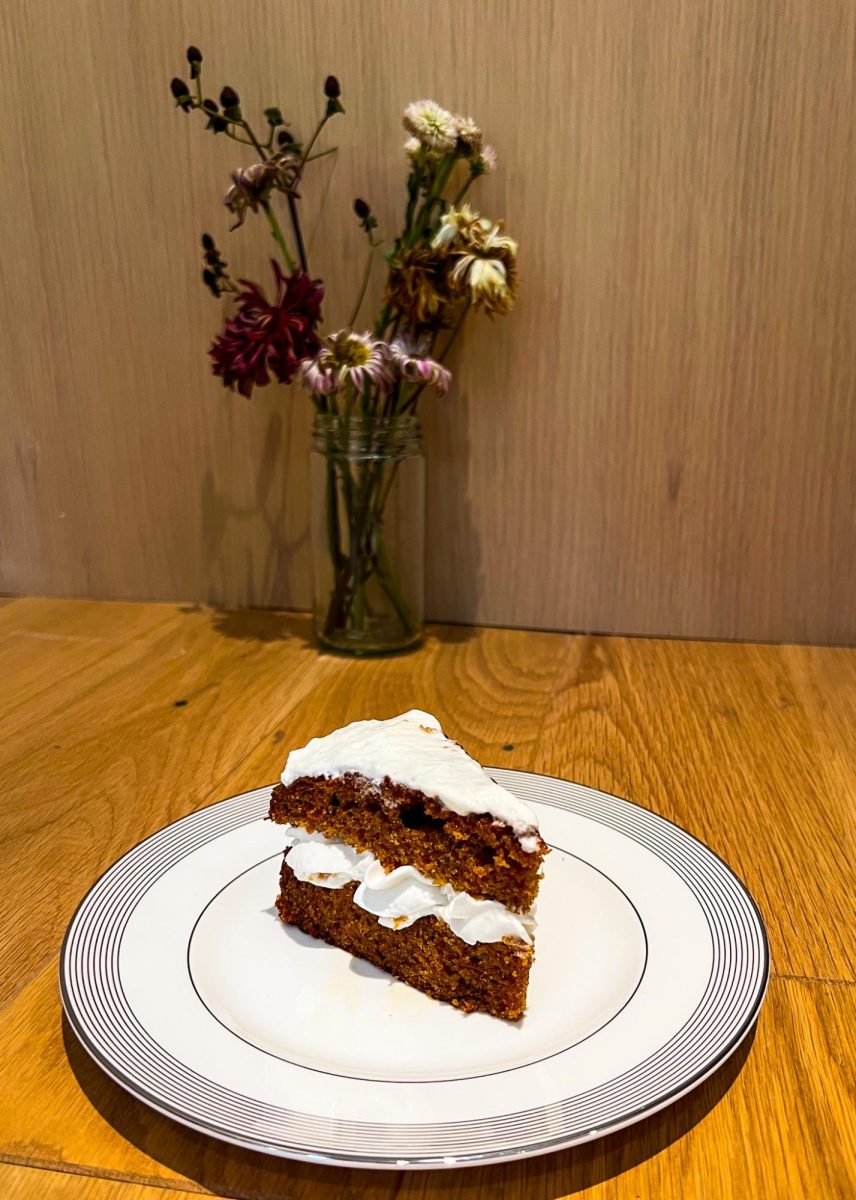
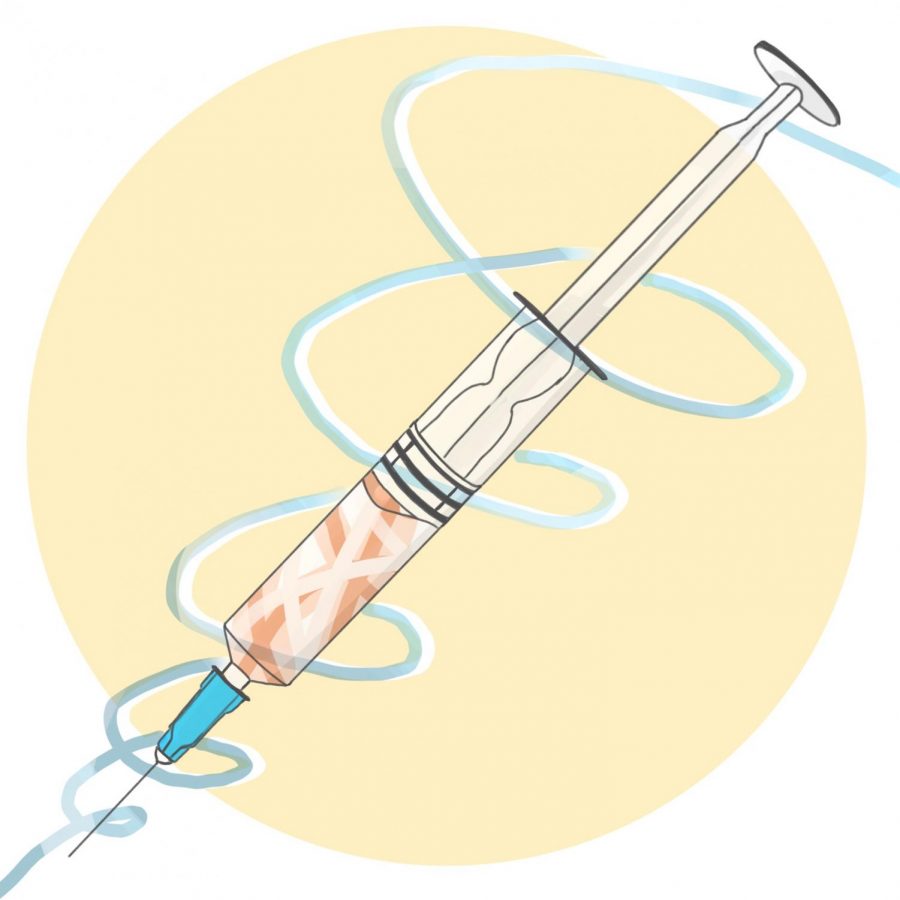
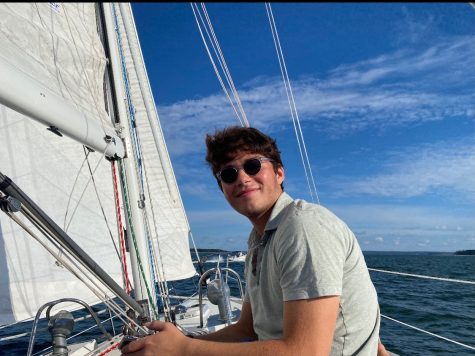
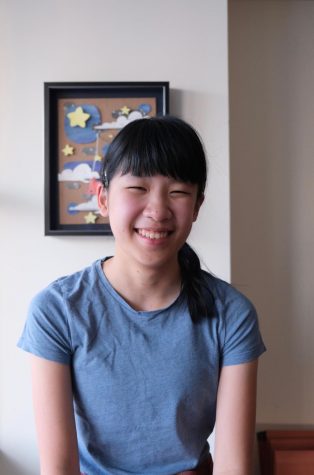
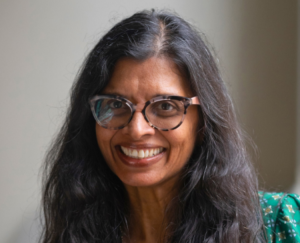

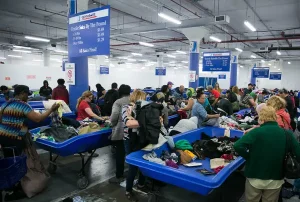
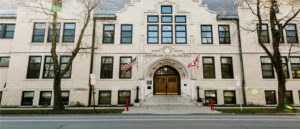
Bo • Feb 12, 2021 at 5:06 pm
I enjoyed this, Charlie! The entire site is terrific! Bo